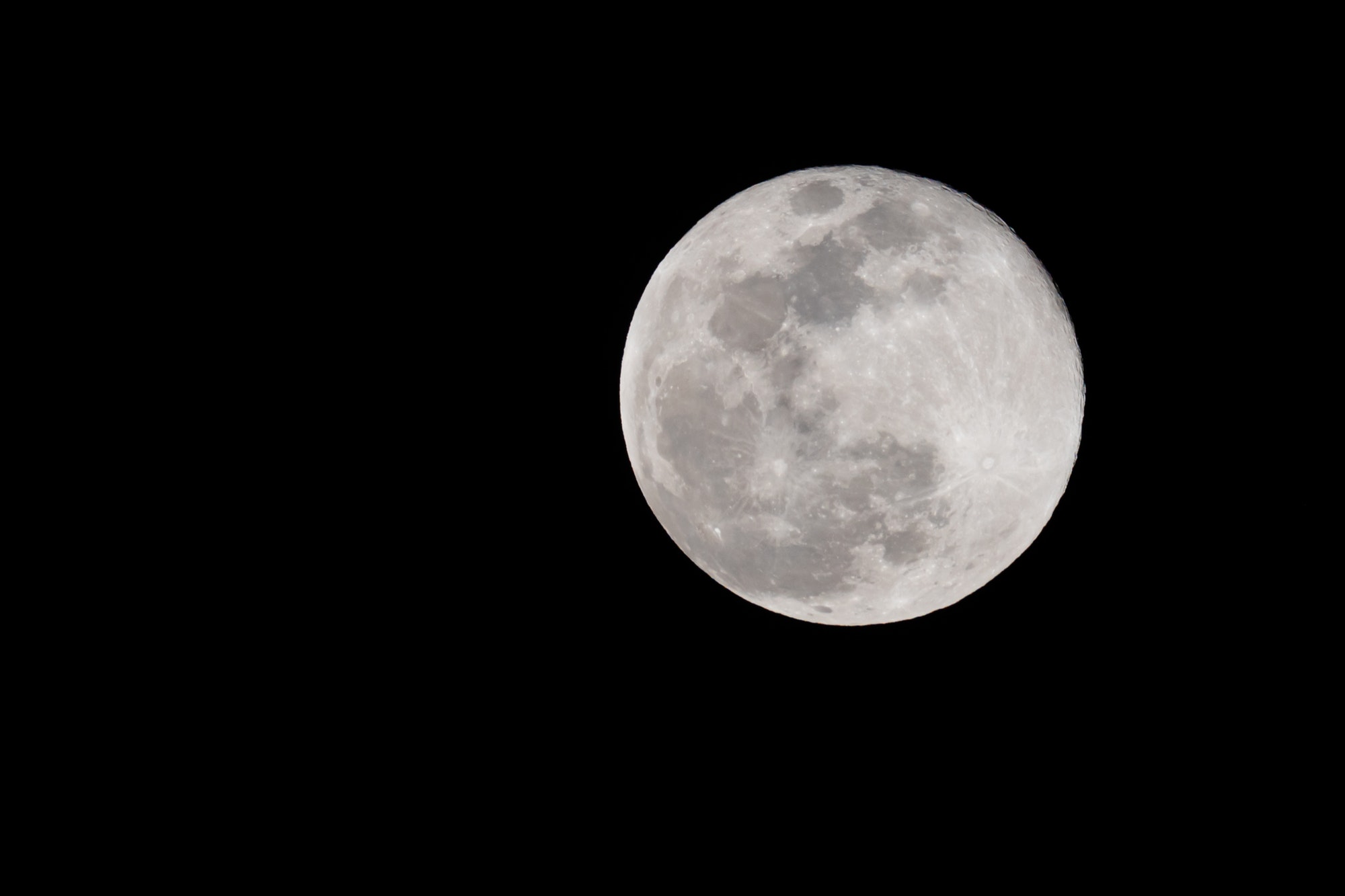Get ready for an amazing year of stargazing in 2024! This guide will help you catch all the cool stuff happening in the sky, from different kinds of moons to eclipses and shooting stars. Let’s dive into what the universe has in store for us.

Full Moons and Supermoons: Monthly Sky Wonders
What’s Up with Full Moons?
Every month, there’s a full moon, and each one has its own name and story. For example, we start with the “Wolf Moon” in January and end with the “Cold Moon” in December. It’s a great way to see something special in the sky each month.
Supermoons: Bigger and Brighter
Supermoons are like regular full moons but appear bigger and brighter because they’re closer to Earth. Keep an eye out in September and October for some super bright moons!
Eclipses in 2024: Sun and Moon Shows
Solar Eclipses: When the Sun Plays Hide and Seek
2024 is a big year for solar eclipses. We’ll see both an “annular eclipse,” where the sun looks like a ring of fire, and a total solar eclipse, where it gets completely covered. These are rare and super cool to watch.
Lunar Eclipses: Earth’s Shadow on the Moon
The moon will also have its share of eclipses, like penumbral and partial ones. They’re more subtle than solar eclipses but still really neat, showing the moon in different shades as it moves through Earth’s shadow.
Meteor Showers: Sky Fireworks
Get ready for some amazing meteor showers like the Perseids and Geminids. It’s like nature’s own fireworks show, with lots of shooting stars lighting up the sky. This happens when Earth passes through leftover comet and asteroid particles.
Solar Activity Peaks: Auroras and More
The Sun’s Big Moment: Solar Maximum
The sun goes through an 11-year cycle, and in 2024, it’ll be super active. This means more solar flares and cool stuff like auroras (Northern and Southern Lights). It’s a really important time for space science and a great opportunity to see some beautiful lights near the Earth’s poles.
The Auroras: Nature’s Light Show
The Northern and Southern Lights will be especially awesome during this time. These lights happen when particles from the sun hit gases in our atmosphere, creating a stunning natural display.
So, there you have it – your guide to the skies in 2024. Keep your eyes up and enjoy the cosmic show!

FAQ Section for The 2024 Cosmic the Stars and Skies
What is a supermoon?
A supermoon is a full moon that appears larger and brighter than usual. It happens when the moon is at its closest point to Earth in its orbit, making it look bigger in the sky.
How can I watch a solar eclipse safely?
Never look directly at the sun without proper eye protection, especially during a solar eclipse. Use special solar viewing glasses or a pinhole projector to safely watch the eclipse. Regular sunglasses aren’t safe for viewing solar eclipses.
What’s the best time to watch a meteor shower?
The best time to watch a meteor shower is usually late at night or very early in the morning, when it’s dark and the sky is clear. Find a spot away from city lights for the best view, and give your eyes time to adjust to the darkness.
Will I be able to see the Northern or Southern Lights from where I live?
Auroras are typically visible near the polar regions, but during periods of strong solar activity, they can sometimes be seen further away from the poles. Check aurora forecasts and if you live at higher latitudes, you might get lucky!
Are there any apps or tools to help me spot these astronomical events?
Yes! There are many stargazing apps and websites that can alert you to upcoming celestial events, help you identify stars and planets, and even provide augmented reality views of the sky.
What should I bring with me for a night of stargazing?
Bring a blanket or chair for comfort, warm clothes, a red flashlight to preserve your night vision, snacks, and if you have them, binoculars or a telescope. Don’t forget your sense of wonder!
Can I photograph these events with my phone?
Yes, with the right apps and settings, you can capture shots of the moon, stars, and even meteors with your phone. Tripods and special lenses might help, but plenty of people capture great photos with just a smartphone and some patience.
With these FAQs, you’ll be better prepared to enjoy the cosmic events of 2024. So mark your calendars and get ready for a year full of astronomical wonders!
Sources CNN


